The demand for aluminum beverage cans and lids is at its peak lately due to multiple factors, among them the proliferation of new beverages (Seltzers, RTD Coffee, Cocktails), the preference for sustainable packaging (Recyclable), light and easy to transport for the final consumer, among other great benefits. This high demand situation has generated several complications in the supply chain, among them the shortage of cans and aluminum caps and the increase in delivery times of machinery for the installation of new production lines, just to mention some of them.
This shortage of aluminum cans and lids leads us to rethink several conditions in the packaging industry, including the installation of new production lines with quick format changeovers, the installation of filling lines adjacent to the aluminum can production lines, the use of new printing technologies for short production runs, or simply the improvement of processes of existing production lines, which will be the subject of this article.
Among the options to increase the production of cans or aluminum caps in an existing line we have the continuous improvement of processes, where the root cause analysis (Root Cause Analysis) plays an important role, since this methodology correctly applied will lead us to the identification of appropriate solutions for each problem that afflicts the manufacturing process. Everyday problems in the manufacture of the product, whether can or lid, related to material/metal, tooling/equipment, or lubrication.
There is a long list of problems that occur on an aluminum can production line, problems that originate in both the Front End and Back End areas of the process; for example Tear Offs, Bleedthrough, Scoring, Split flange, Neck Pleats, puckers, Fractured domes, Dome wrinkles, Water stains, Split can, just to mention a few.
One of the main problems that afflict the Front End area of the aluminum can production process are the Tear Offs (Tear Offs). Can ruptures can be caused by several reasons, among them the aluminum material with some imperfections in its surface or microstructure, a poor lubrication of the material, a damaged or out of specification tooling, a bad adjustment in the cupping press or bodymaker, or even a simple contamination in the coolant oil that circulates inside the bodymaker.
The methodology or strategy to follow to solve most of the problems that afflict the Front End area of the aluminum can production process, is through the search for failure patterns. This methodology is extremely effective when it comes to defining the root cause of the Tear Offs, where a similarity or pattern of behavior is sought between these defects, i.e. it seeks to establish a similarity between that group of defects and the condition or root cause that generates them.
When the Front End area of the production process has excessive Tear Offs, we must consider the following failure patterns: Is it a production line or both lines if more than one, a cupping press or both cupping presses, a single cavity of the cupping press or several cavities, a single bodymaker or several bodymakers, a single can break height or several heights, how the break initiation point is located with respect to the direction of sheet rolling, how the break initiation point is located with respect to the shaper dome identification (same or random), the type of break initiation (same or different), what type of defect we can visualize at the break initiation point. It is worth mentioning that generally the lowest point in a sample is the initiation point of a break.
The main objective of the root cause analysis for can breakage is to define whether the problem is an isolated case of a cup press, cup press cavity or body former; or the problem is due to a common source in the process such as an aluminum roll, the coolant oil system, transport damage in the cup accumulator (See Figure 1), or cupper oil applied in the cupper lube or other common source to the system.
Figure 1.- Can breaks due to canopy damage, same height in multiple can formers.
By way of conclusion, we can say that the good application of root cause analysis with a focus on finding patterns of failure, will give us the guideline to quickly define the solution to the problems that afflict our production lines. This in turn will help us in the continuity of the production lines, and consequently to increase production volumes, giving a greater supply of aluminum cans to the beverage market in these times of high demand.
Domingo R. González
President and Founder
InCan Consulting Group, LLC.

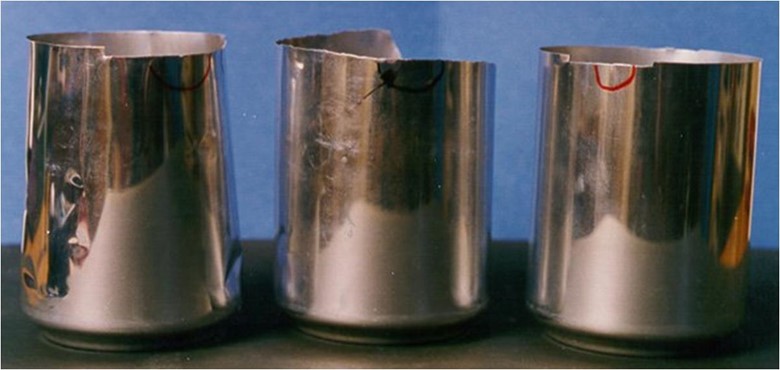

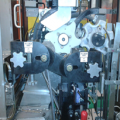

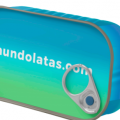


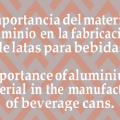
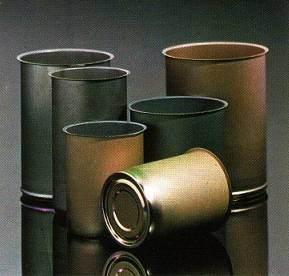




0 Comments